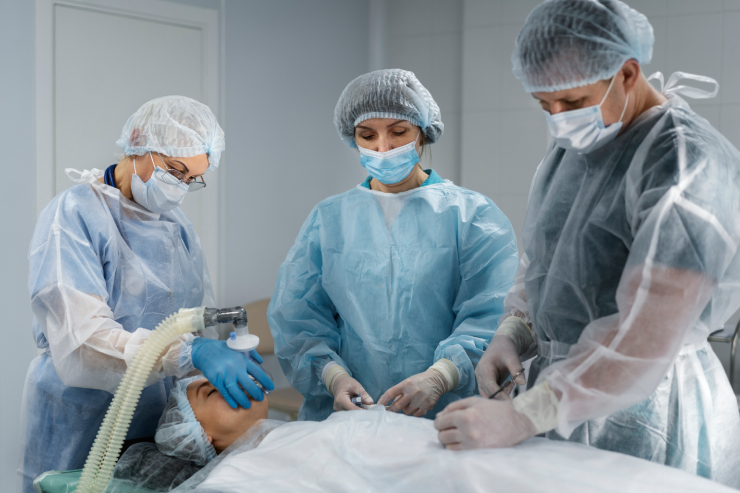What Are Post-Operative and Surgical Site Infections (SSIs)?
- Infections that occur after a surgical procedure, affecting the part of the body where the surgery took place.
- Can involve the skin, tissues under the skin, organs, or implanted materials.
- SSIs can develop within 30 days of surgery or up to a year if an implant is involved.
